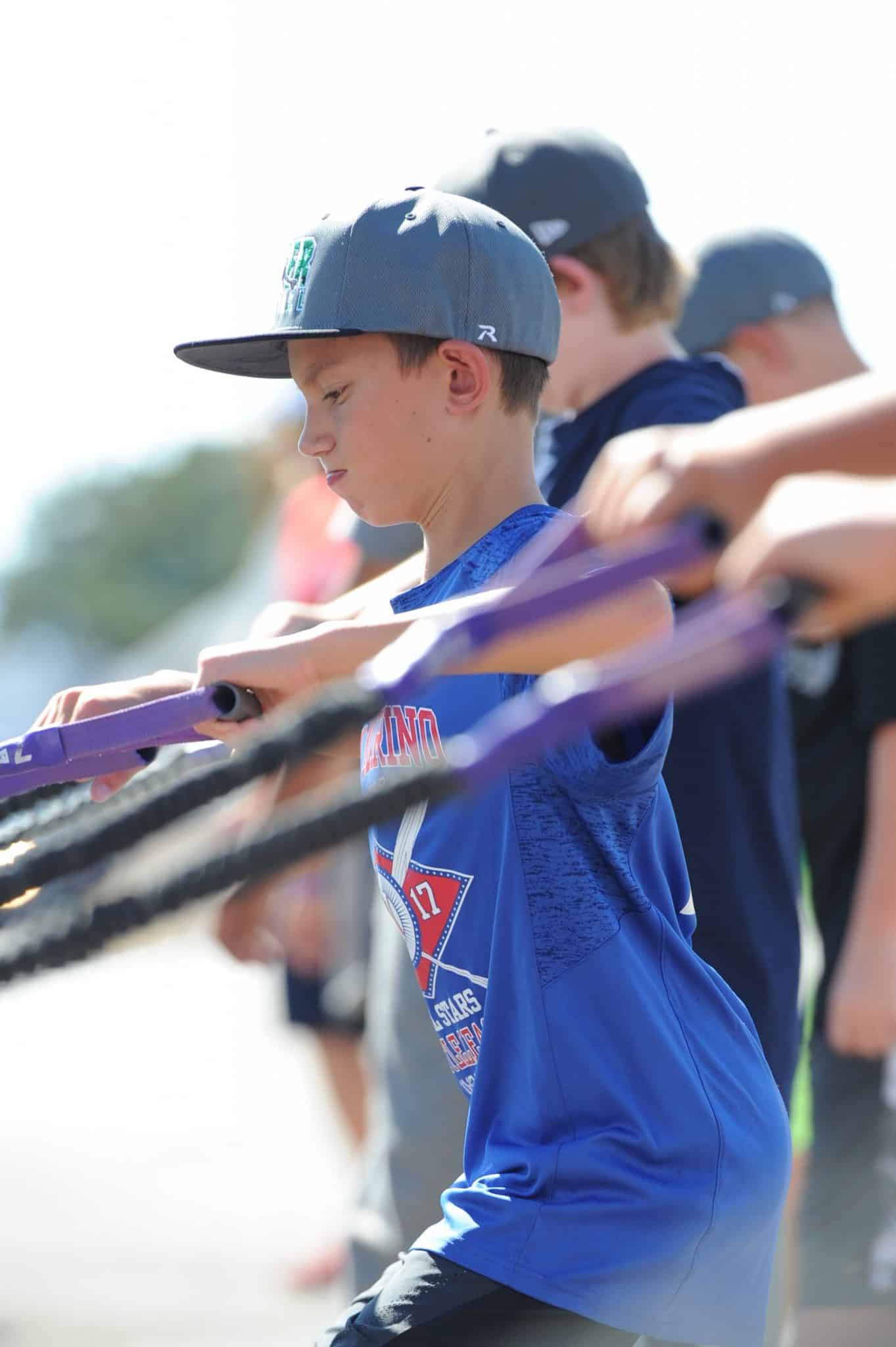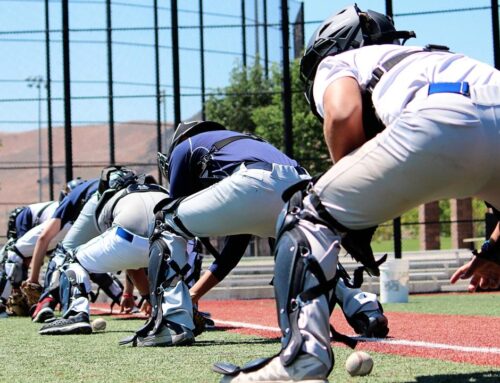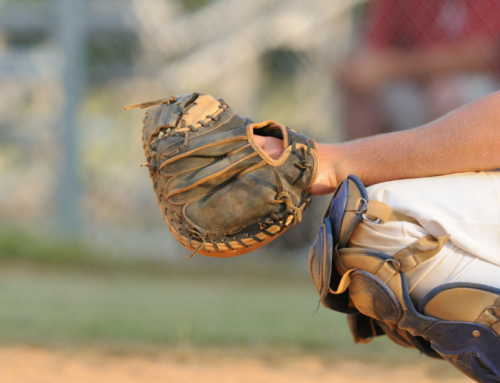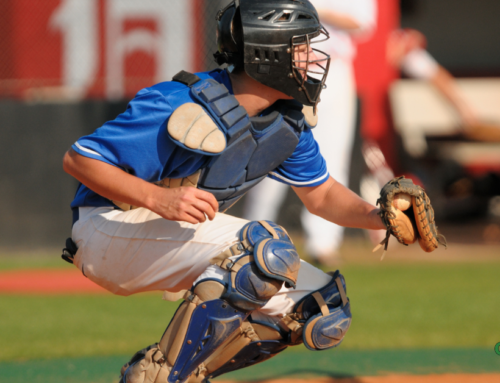
Every aspect of a catcher’s “GAME” is important, and although most coaches would say that their receiving and blocking ability are the most important, their throwing ability is normally the “measuring stick” by which opponents and peers judge their defense. Their value to the team is often based on how they throw to the bases.
Most would agree that a catcher who possesses a strong and accurate throwing arm with a quick release will always add to a team’s success. This combination of attributes is ideal, but also RARE.
With all that said, there are a few important components to a “strong throwing arm.” Those components are listed below.
LONG TOSS:
If you want to get your chest stronger, what do you do? You do bench press and push ups, etc. You want to get your legs stronger, you do squats and lunges, etc. You want to get your arm stronger… you need to throw and work out your “throwing muscles!” Although some coaches aren’t, I’m a big fan of doing LONG TOSS. I know from personal experience that if you throw, and throw A LOT, your arm WILL get stronger. Keep in mind though that long toss is only beneficial if you use correct mechanics.
I understand that there is A LOT that goes into correct mechanics but in short, those “correct mechanics” include proper foot work, using the body NOT just the arm, a strong and controlled glove/mitt side, proper head position and follow through.
ROTATOR CUFF:
The rotator cuff muscles or “S.I.T.S.” muscles are a group of four muscles that include the Supraspinatus, the Infraspinatus, the Teres Minor and the Subscapularis. These small, intrinsic muscles of the shoulder are essential in maintaining your arm strength. They are so important that if they are not taken care of, maintained and kept strong, you literally will NOT be able to throw. The posterior rotator cuff muscles are a big component of the “breaks” for the arm during the follow through process (along with the biceps muscles).
These muscles can be maintained and strengthened through cord/band work, dumbbell work, weighted ball and body weight exercises. Training these muscles is often called a “pre-hab” workout. Meaning, if you keep them strong and functioning at full strength, you will be helping prevent injuries that will send you to the bench and sometimes even end your season.
HAND, WRIST & FOREARM STRENGTH:
Probably my favorite hand, wrist and forearm strengthening exercise that I always recommend is the rice bucket. The rice bucket workout allows you the opportunity to move your hand, wrist and fingers in every plane of movement through constant resistance. You can also utilize small dumbbells, medballs and even barbells to develop these muscles.
CHEST & ANTERIOR DELTS:
The chest and anterior deltoid muscles (shoulder), are some of the biggest contributors to arm strength. At the initiation of the throwing motion, the chest and the front of the shoulder are explosively activated to literally sling-shot the arm forward to release the baseball or softball. It is important that we keep these muscles strong. I want to emphasize “strong” not necessarily “big.” There are obviously several ways we can strengthen these muscles but my favorite is the hundreds of variations of push-ups. I also love band work as a supplement to the usual dumbbell and barbell bench exercises.
BICEPS & TRICEPS:
Although the triceps play a minimal role in providing any power in the throwing motion, we do still need to keep them strong due to their supporting role. Dumbbell work, cord work and medball exercises are great for tri development.
The biceps on the other hand are EXTREMELY important! Not necessarily in the actual “throw” but most definitely in the follow through which is a too often forgotten aspect of the throwing process. After we release the baseball, the biceps act as the “breaks” of the arm (along with the posterior rotator cuff which was mentioned earlier). Your arm will only go as fast as the “breaks” will let it so make sure your biceps (and posterior rotator) muscles are strong.
THE CATCHING LAB:
The tips and exercises described in this blog post are demonstrated and discussed in detail inside The Catching Lab. The Catching Lab is our membership site that provides the formulas needed to be the best catcher you can be.
Click HERE to become a member of the biggest and best catchers only site available!
By the way, The Catching Lab is not even “open” at this time, but since you just happened to stumble across this blog post and link… you’re in if you want it! I hope to see you in The Lab! You won’t be disappointed!
Coach Todd
AKA – The Catching Guy






